Interview / Stephen Ledwidge makes us blush
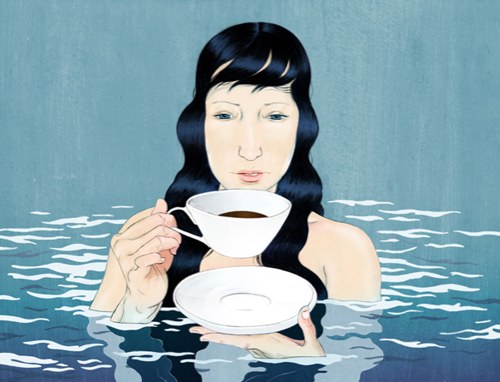
Receiving and reading submissions is probably one of my most favoritest things to do. Usually, I put them in a neat little reading stack (on my e-mail inbox, of course) and go through them one by one, in order of arrival. Except, that is, in the case of Stephen Ledwidge, whose email shot out right at me as I was about to close my browser. It would be too easy to say it was Irish luck, but I thought “eh, why not.” Along with some images of his work, Stephen tells us about the benefits of working clients in different time-zones and why The New Scientist should be on most illustrators’ wish lists.
1. Tell us about your work: what drives your aesthetic? What materials do you use?
I work in a whole bunch of different materials. Though usually a mix between painting pencil and digital materials. I started out using only acrylic and gouache in my illustrations but after a while of working purely in this way I began to find this was somewhat limiting, especially considering some of the commissions I was getting early on and not particularly practical when it came down to tight deadlines. A lot of the deadlines that I work to can be fairly short so doing fully painted works just isn’t feasible. I started to explore, through personal work initially, using more digital elements in my work. I had always finished my pieces digitally – so whether this was cleaning up or adding a bit of vibrancy to colours or adding small elements done in pencil or marker, but this might have only been about 10% of the work. I wanted to explore way to make illustrations in a similar way digitally so that my work would evolve and that I could respond quicker to tight deadlines without loosing the aesthetic that I was trying to develop. So that said I am now working with a mixture of drawing line work – using pencils and graphite, usually onto bristol board or fabriano. I’ll then make a series of elements using acrylic, gouache or watercolours which I use to add to texture to the piece. These are all then scanned in and coloured in photoshop. I think it’s important to keep this hand crafted feel to my work. In terms of my aesthetic basically I suppose like any illustrator it’s a case of filtering a whole bunch of things that inspire and influence me and trying to make that into something that tells a story in an interesting way. I do try to keep a mix in my work between the using graphic elements and stylised forms and balance flat simple areas with more textured detailed ones.
2. How would you describe your work to someone unable to see it?
That’s kind of a difficult one. I suppose my work is essentially figurative, as I love to draw the human form and to try and push strong elements of story telling and ideas, mixed with graphic and textural elements. Then hopefully all this mixes up to making a visually interesting and enticing piece of illustration.
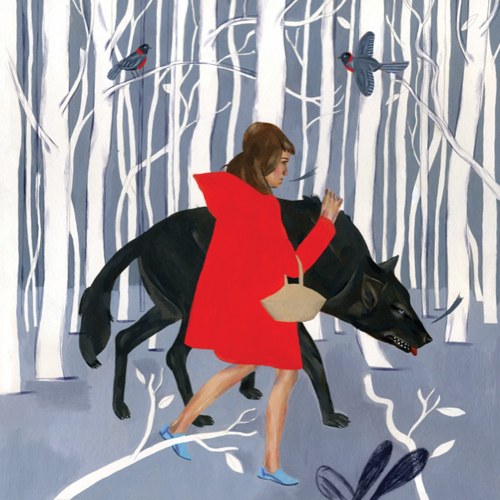
3. You studied in Dublin but lived and worked in London as well. Do you think there are significant differences in the kind of work being done? If so, what are they, and why do you think that is?
I think being in London it’s a lot easier to get you work seen as there are so many big publishers based there. Editorial illustration is quite a direct way to get into the illustration business and having so many publishers on your door step was certainly a big help for me early on. Editorial illustration isn’t really a big market in Dublin, this is probably largely to do with budget issues and the distribution sizes of Irish magazines. There just hasn’t been a real culture of producing strong editorial illustrations in magazine publishing here. That said there have been a few great smaller publications that have really started to push illustration it’s just something that needs to filter into more main-stream magazines and news papers. Unfortunately there’s a lot more stock being used and I think it’s a real shame as there is some great illustration talent here in Dublin that isn’t being tapped into enough. It might be a bit more work to commission an illustration but at the end of it all you have a unique and tailor made piece of communication.
All that aside there is a real vibrancy with the creative scene here in Dublin at the moment. There are some great events going on, such as the upcoming Offset Conference, and people are starting to take things into there own hands setting up exhibitions, talks and events. So it’s all good, you just need to get yourself out there by different means and that’s not a bad thing – no resting on your laurels.
4. You recently moved back to Dublin. Tell us about a typical day for you.
Well, I also work part time in Zero-g which is a design studio here in Dublin. So whether I’m working there or from my own studio I’m usually up early and into town on the bike – which is the only way to get around really. Grab a coffee and straight into working. The day can be a whole mix up of things so from juggling deign work and illustration clients it can be fairly hectic. At the moment I’m working with a few American based clients so this has pros and cons – on the upside you can get in early and get work done or changes made to work that you mightn’t have seen the night before, and get things over to them before they’ve even taken the first sip of their morning coffee. On the downside it can mean phone calls and writing emails late into the night when projects are in full swing. So when I finish up really depends on what I’m working on, or, as illustration is something that I love doing when you’re in the head space it can be good to just keep going with it. So I do have a tendency to burn the midnight oil, but I think it’s good to try and keep a check on it and I try keep to sociable hours (some of the time at least).
5. Your work has been featured in mass distribution publications like Advertising Age and Esquire, and you recently illustrated the cover for Le Cool Magazine in Dublin – as an editorial illustrator, do you have publication you dream of working with?
I’ve been lucky enough to work some great magazines like the one you mentioned. There are some really great magazines out there that are definitely on wish list for commissions. I would particularly love to work for the New Scientist, which probably has to be on most editorial illustrators lists. Just great content to work on and such a great history of using illustration. It was probably one of the first places where I really began to notice high quality editorial illustration which mixed strong ideas with beautiful illustrations. I did manage to get in there to leave off my portfolio once when I was only starting out and got to meet the AD, though it may have been a case of pure fluke – I didn’t land a commission an can see now looking back why, I wouldn’t have ben ready back then. Others include the New Yorker and Rolling Stone, there’s just too many to name them all. It can be great too when you discover some great new magazine (like the Gopher illustrated) that has real appreciation for illustration .
6. Is there any question you wish we had asked but didn’t? Please do tell!
Well I suppose you might like to know what I’m working on at the moment? I have been working on one top secret project that has been jumping through hoops to get finally approved, which looks like it’s almost there, so I’m looking forward to that coming out and be able to tell people properly about it. I’m also working between jobs on on some pieces that I’m hoping to take around to book publishers. They’re based on Irish folklore tales, it’s something that I’ve always been interested in and would love to work more at.
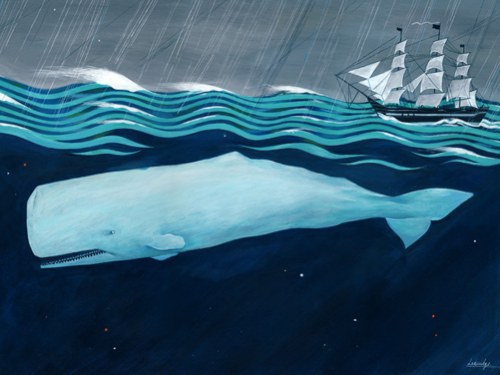
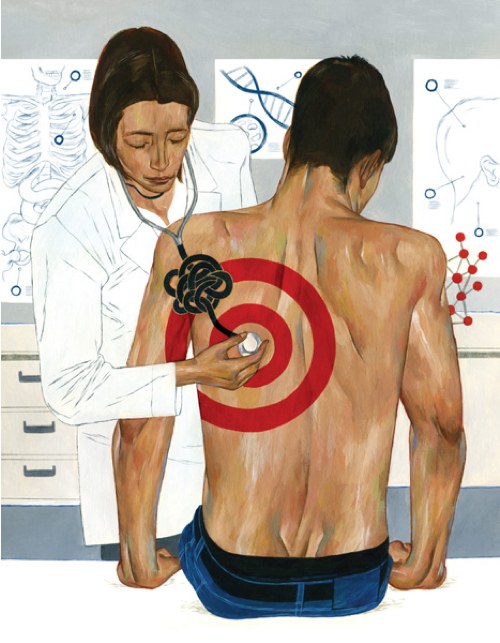
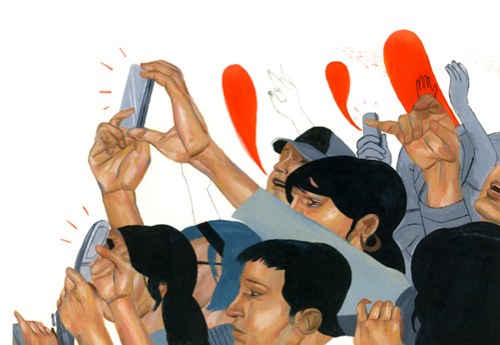
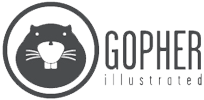
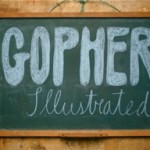
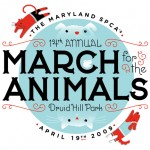
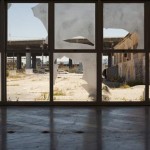
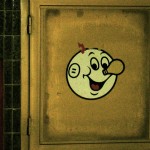

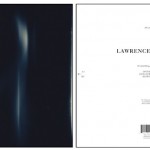

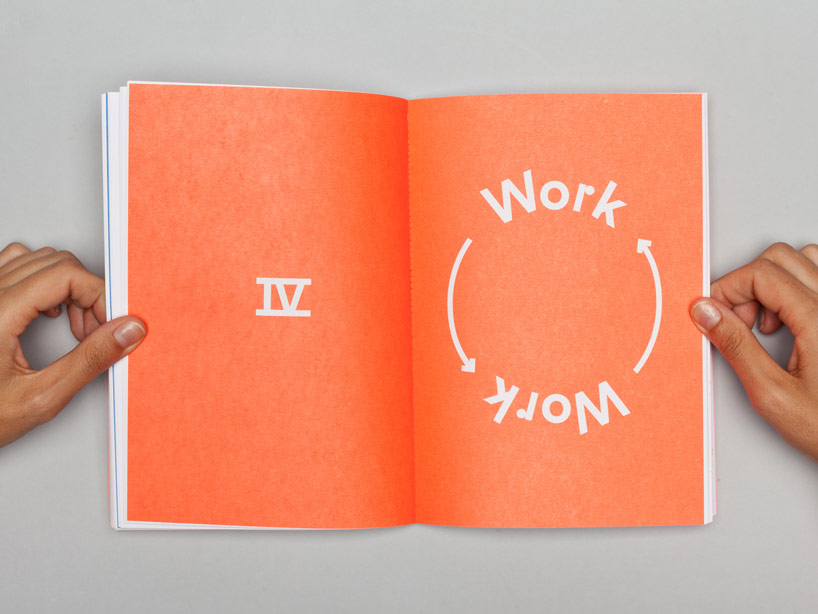

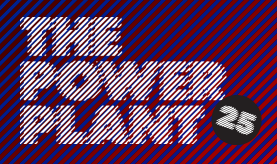
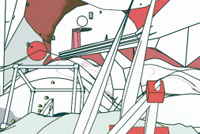
Leave a Reply